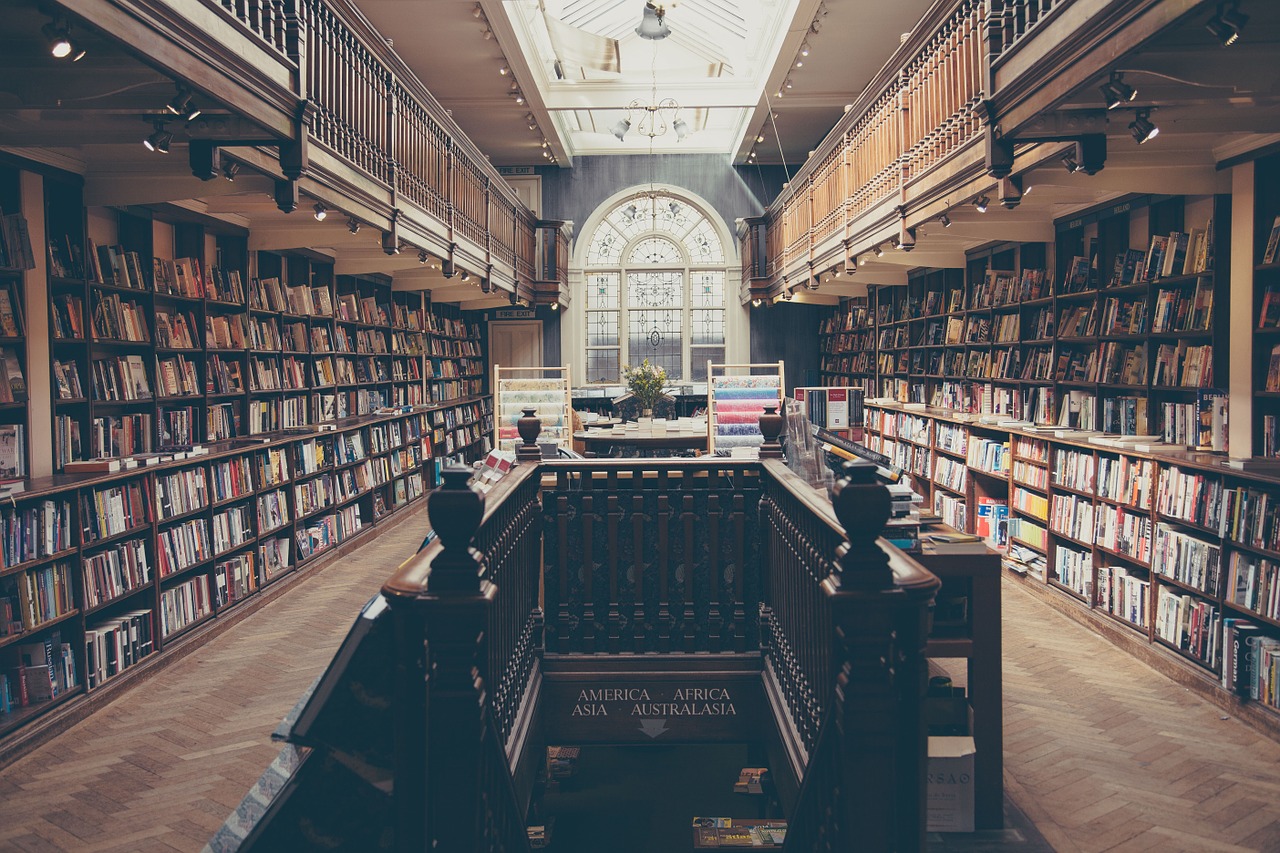Schools in the United States are divided into public (public schools) and private (private schools) according to the type of funding. The level of teaching in public schools varies greatly, not only from state to state, but even within the same city. The fact is that funding for public schools comes from the county budget (most often from property taxes). As a result, schools in “expensive” districts are well resourced, and as a consequence – material facilities, strong teaching staff, and overall high academic performance. Since, under U.S. law, a child can only attend the school to which he or she belongs where he or she lives, this system leads to higher property values in areas with “strong” schools. Taxes go up, the school gets even more funding. The opposite is true in “cheap” districts: lack of funding leads to schools that remain weak.
Private schools are financially independent organizations that receive subsidies from sponsors, as well as charging tuition. The availability of high levels of funding allows them to maintain high levels of performance: excellent facilities, a strong teaching staff, and small class sizes make these institutions the “cradles” of future diplomats, politicians, and top managers. The education received here opens the door to most of the top universities in the world. It is worth saying that the number of U.S. citizens in private schools is often less than 50%: they are of greater interest to foreign students. This is partly due to the migration laws of the country: a foreigner can study at a public school only if the family moves to America and has a residency permit or if the student participates in a one-year exchange program.
Significant differences between elite private schools and “average” municipal schools also reinforce the overall heterogeneity in America’s secondary education system.
